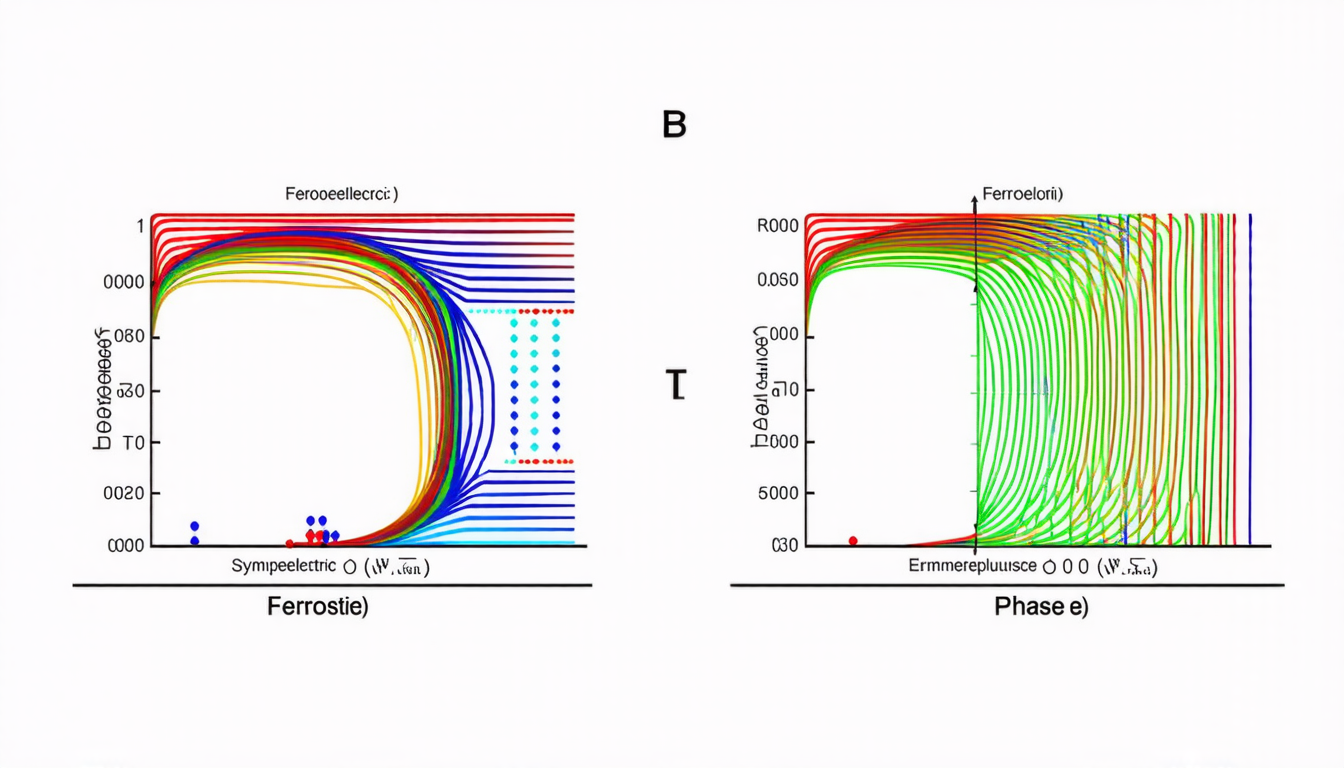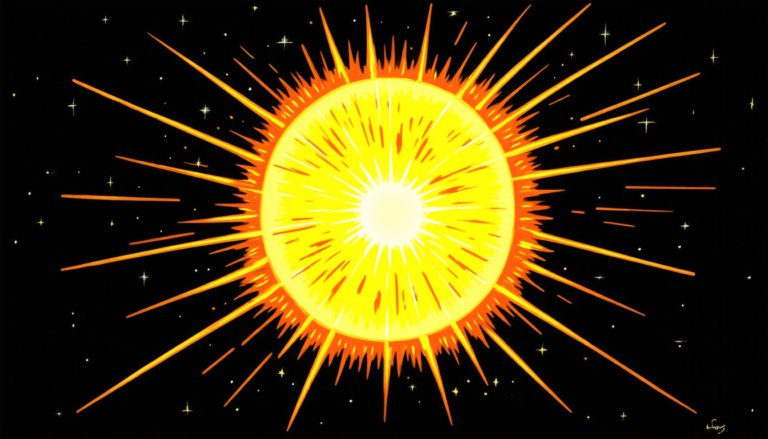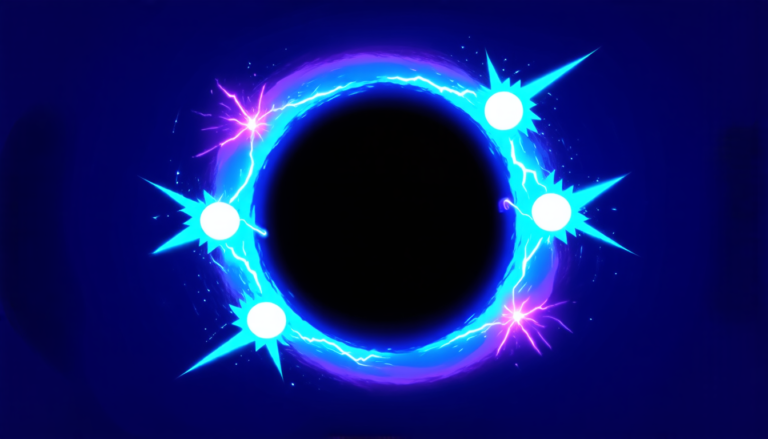Friday 18 July 2025
Deep learning has been revolutionizing various fields, and now it’s taking on a new challenge: predicting phase diagrams of ferroelectric materials. Ferroelectric materials are crucial for applications such as piezoelectric devices and memory storage, but designing them requires an intricate understanding of their complex properties.
A team of researchers has developed a deep learning model called FerroAI that can accurately predict the composition-temperature phase diagrams of these materials. The model was trained on a dataset of over 2,800 phase transformations across 846 ferroelectric materials, which were extracted from research articles using natural language processing techniques.
The key to FerroAI’s success lies in its ability to recognize patterns in the data that are difficult for humans to identify. By analyzing the chemical composition and symmetry of the materials, the model can predict how they will behave under different temperature conditions. This is crucial for designing new ferroelectric materials with specific properties.
To test FerroAI’s abilities, the researchers synthesized two ferroelectric material systems and measured their phase diagrams experimentally. The results showed that FerroAI accurately predicted the phase boundaries and transformations between different crystal symmetries. In one of the systems, FerroAI even identified a morphotropic phase boundary that had not been observed before.
The implications of this research are significant. With FerroAI, researchers can quickly and easily design new ferroelectric materials with specific properties, which could lead to breakthroughs in fields such as energy storage and medical devices. The model also has the potential to be used in other areas where complex phase diagrams are important, such as superconductors and shape-memory alloys.
However, there is still much work to be done before FerroAI can be widely adopted. For one thing, the dataset that was used to train the model is limited, and more data would likely improve its accuracy. Additionally, the model requires significant computational resources to run, which could be a barrier for some researchers.
Despite these challenges, the development of FerroAI is an important step forward in the field of materials science. By leveraging deep learning techniques, researchers can gain a deeper understanding of complex materials and design new ones with unprecedented precision. As research continues to advance, we can expect to see even more innovative applications of this technology in the future.
Cite this article: “Predicting Phase Diagrams with FerroAI: A Deep Learning Breakthrough for Materials Science”, The Science Archive, 2025.
Ferroelectric Materials, Deep Learning, Phase Diagrams, Ferroai, Natural Language Processing, Machine Learning, Materials Science, Prediction, Composition-Temperature, Symmetry







